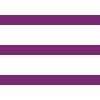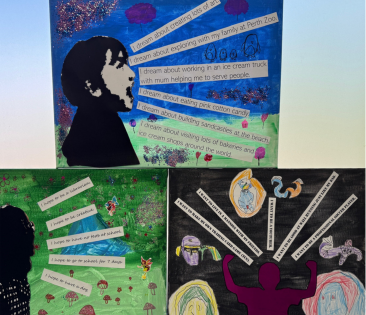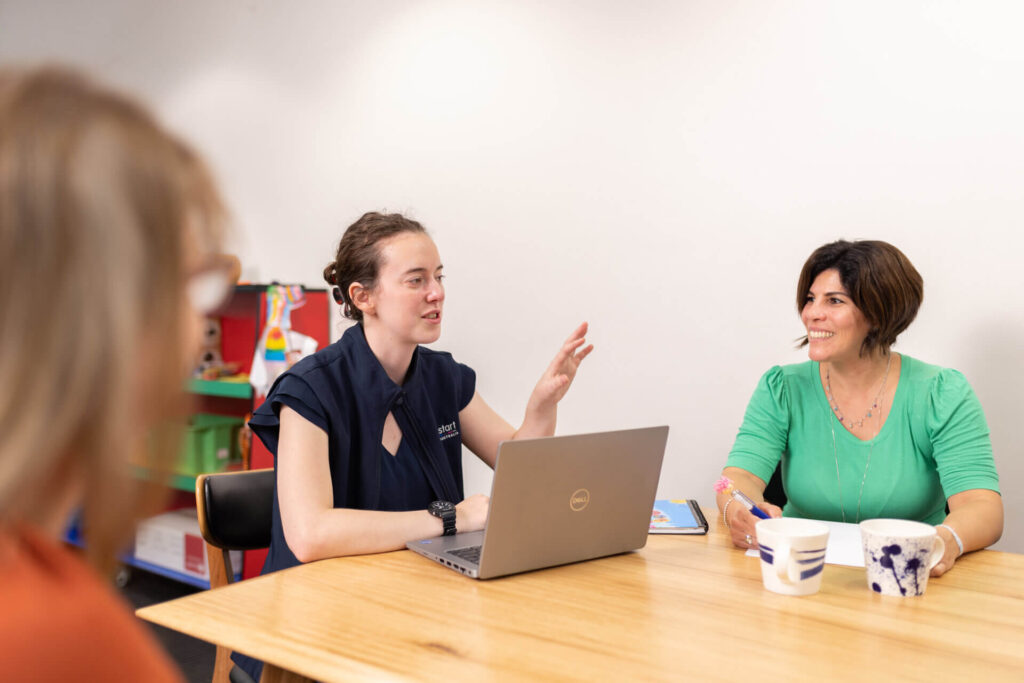Teaching dyslexic kids to read
By Karen King
The current research literature shows us that dyslexia is an enduring disorder for which no cure is available.
However, there is an abundance of controversial therapies and pseudoscientific programs that promote ‘cures’ and ‘dramatic results’.
These programs are both confusing and tempting for hopeful parents who are eager to assist their child.
Why advice from a psychologist is essential
Young children can’t decide what treatments are appropriate for their behavioural and educational development.
At Early Start Australia, we believe this means there is a significant ethical obligation for us to advise parents on interventions that have been demonstrated through rigorous scientific evaluation to be effective.
And evidence-based approach to dyslexia
With early intervention using an evidence-based approach, children with dyslexia will overcome their literacy difficulties and go forward to lead successful and productive lives.
When we diagnose a child with dyslexia, we recommend an intervention approach that uses structured synthetic phonics.

Compelling evidence for synthetic phonics programs
International inquiries into the most effective way to teach reading and spelling have been conducted in the United Kingdom1, United States2 and Australia3.
All inquiries agreed on the compelling scientific evidence for synthetic phonics for successfully teaching children to read and spell.
A successful synthetic phonics program will include the following elements4:
- Direct and explicit teaching of the alphabetic principle.
- Introduces letter-sound correspondences in a structured, sequential, cumulative order.
- Includes ‘tricky’ high frequency words at specific pre-determined points.
- Employs multisensory learning techniques.
- Provides decodable text that encourages the reader to use of context as a backup strategy.
- Processes the texts read for meaning.
- Includes phoneme-grapheme mapping activities that teaches reading (decoding) and spelling (encoding) are reversible processes.
- Continually reviews and gives feedback on previously taught letter-sound patterns to the level of automaticity.
Early intervention for dyslexia is best
We encourage families to seek assistance early in their child’s schooling, rather than adopt a ‘wait and see’ approach.
With early identification and intervention, children develop effective literacy skills and maintain robust socio-emotional health.
Further reading
- Rose, J. (2006). Independent Review of the Teaching of Early Reading: Final Report (The Rose Review). London, UK: Department for Education and Skills.
- National Institute of Child Health and Human Development. (2000). Report of the National Reading Panel. Teaching children to read: An evidence-based assessment of the scientific research literature on reading and its implications for reading instruction. Washington, DC: US Government Printing Office.
- National Inquiry into the Teaching of Literacy. (2005). Teaching reading: Report and recommendations. Canberra, ACT: Commonwealth of Australia.
- Bowey, J. (2006). Need for systematic synthetic phonics teaching within the early reading curriculum. Australian Psychologist, 41(2), 79–84.









